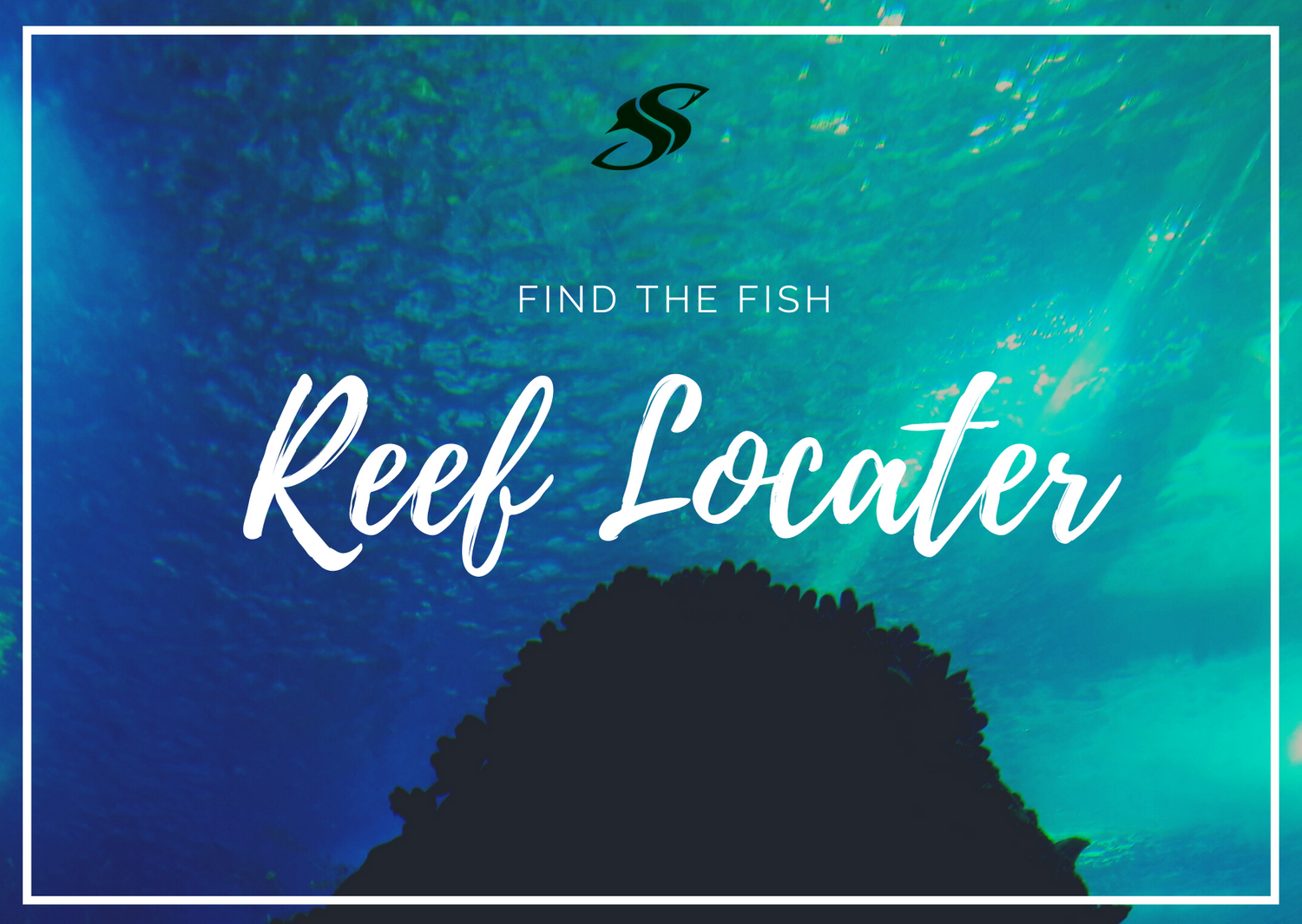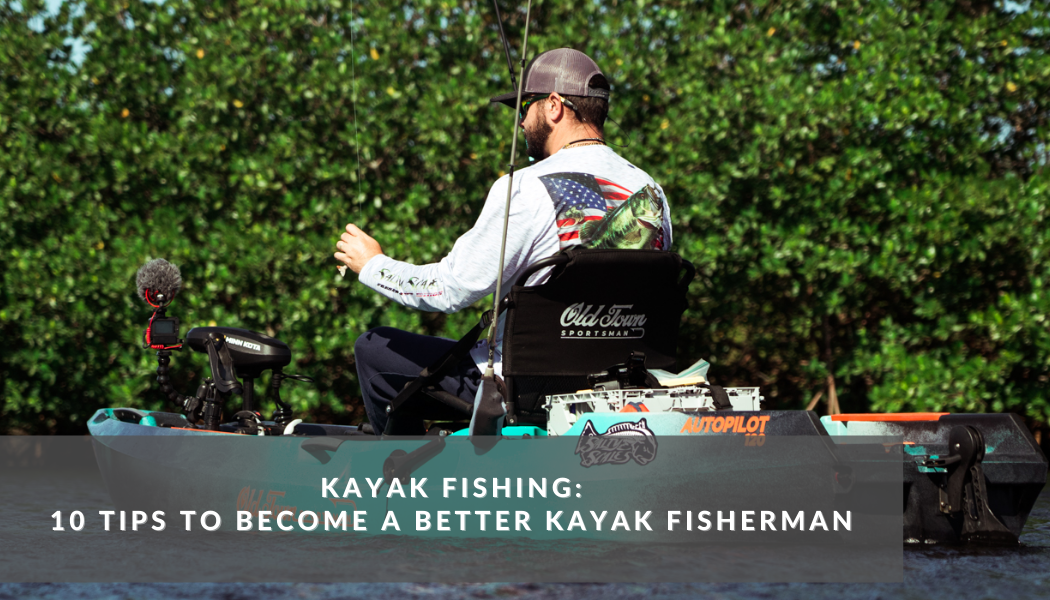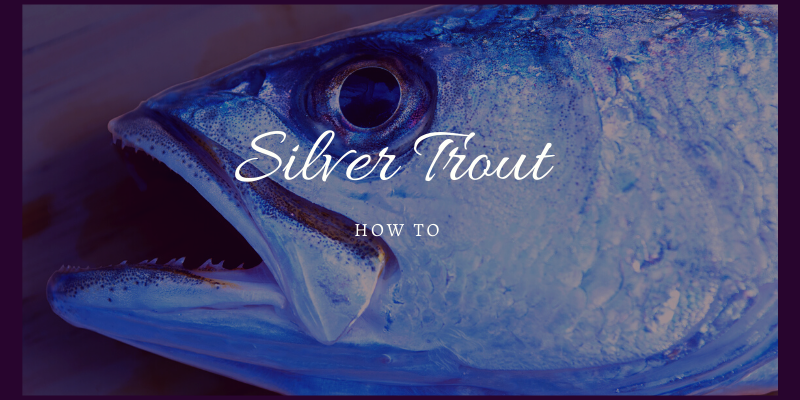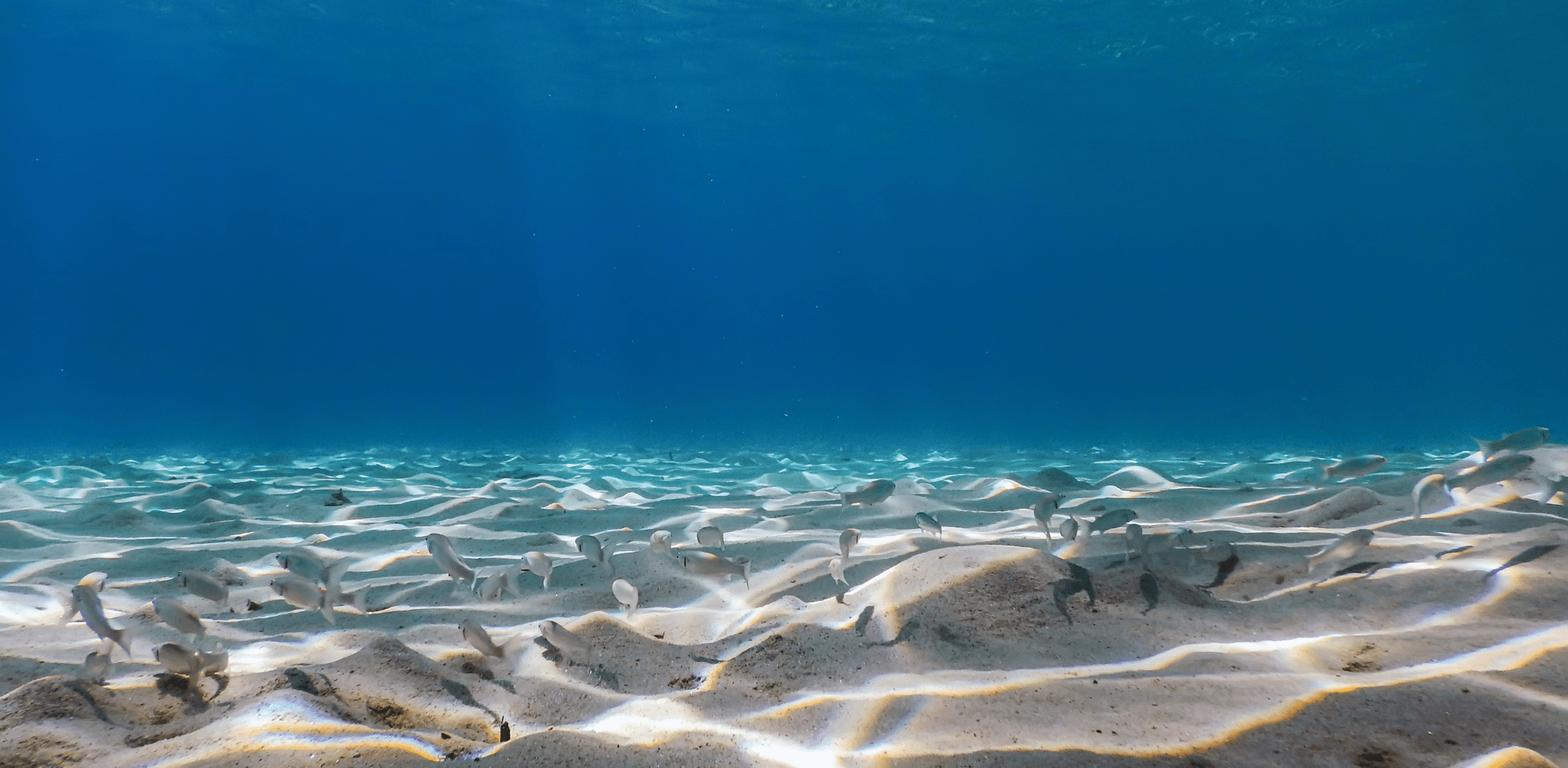
One of the easiest ways to locate fish is to find quality structure. There are thousands of public reefs deployed all around the state of Florida, and they are shared for your fishing pleasure. One of the most challenging aspects of fishing is the "Where" part of the formula. Where are the fish? Public reefs consist of a wide array of compositions, everything from concrete, oyster rubble, and even steel or sunken ships. The state often creates these sites to help provide habitat for sea life and aid in the fantastic recreational fishery we are blessed to have.
The good news for you is that many of these sites are relatively close; some are not even a mile from the shore. Why don't people know more about them? Some are not technically savvy. Therefore they don't know where to look, and some hate navigating the FWC website. Heck, even looking up regulations can sometimes be a daunting task. However, we support our fellow LEO's no matter how difficult their website is to navigate. Plus, we are here to help guide you, like the good shepherd and his flock.
Public Reef Locater
The tool that I am referring to Artificial Reef Deployment Locater.
Once the locater has populated, you will find a very simple legend to your right displaying the following types of reefs:
- Concrete
- Metal
- Module
- Rock
- Vessel
- Other (Usually oyster or natural elements)
When you click on a reef that piques your interest, additional details are displayed in the following format:
Port Manatee Reef (Bay)
DeployID HI0058
County Hillsborough
Reef Name Port Manatee Reef (Bay)
Material Concrete
Tons 225
Relief (ft) 8
Depth (ft) 21
Jurisdiction State
Latitude 27° 39.840' N
Longitude 82° 34.830' W
LocationAccuracy High
Deploy Date 02/13/2004
Description Bridge Spans
The information given is very beneficial in planning your fishing outing. The first thing you want to do is plug in the general GPS coordinates into your hummingbird or fishfinder. Next, I analyze the age of the reef and water depth. The concrete structure with an average water depth of 21 feet might suggest that I need heavier tackle and gear to keep fish from the concrete rubble once hooked up. From a computer point of view, I would guess that there would be an abundance of sheepshead and mangrove snapper on this particular reef due to the depth, water flow, and composition. It is just speculation until you can get out there and see for yourself, but you can see how it may be an excellent way to use this information for planning purposes. Nothing can compete with exploring and fishing, so you have to get out there and test the water to know definitively.

Tampa Bay Public Reefs
Tampa Bay holds some very productive public reefs that are easily accessible. Some of our favorites include:
- Bahia Beach Reef (Bay)
- Port Manatee Reef (Bay)
- Port Tampa Site (Bay)
Downsides to Public Reefs
Not all is good with public reefs; the very reason that this tool is excellent is also a reason that they can be frustrating to fish. Heavy pressure, along with lots of tangled lines, etc., can make for challenging fishing excursions. There is no doubt that they always hold fish, but the obstacles mentioned above can make you work for your next fresh snapper sandwich. I find the most remarkable success scanning the bottom around or near these piles to find more secluded rubble that might get less pressure. I have located some excellent "honey holes" over the years doing this same trolling/scouting technique.
Unmarked Reefs or Rubble
The undiscovered gems or piles that rarely get fished are the cream of the crop. These are the areas that concrete piles were dropped but never made public. When the Skyway bridge tragically came crashing down May 9th, 1980, a large portion of the rubble was dropped in random spots in Tampa Bay. I know this because I have found many of these secret but productive fishing piles. When you locate them, make sure never to disclose the location because when you do, you will find that the word quickly gets out.
Conclusion
Be sure to use the tool provided above, get out there and fish the different reefs. You will be amazed by the quality of fish that lurk around these structures. Try other rigs, techniques and make sure to use your bottom machine to mark spots that stand out from the rest of the area. Never stop looking for that next best spot; the ocean is our playground, go out and play! Do you have techniques for locating particular rock piles? Lets us know below. Until next time, we will see you on the water.




